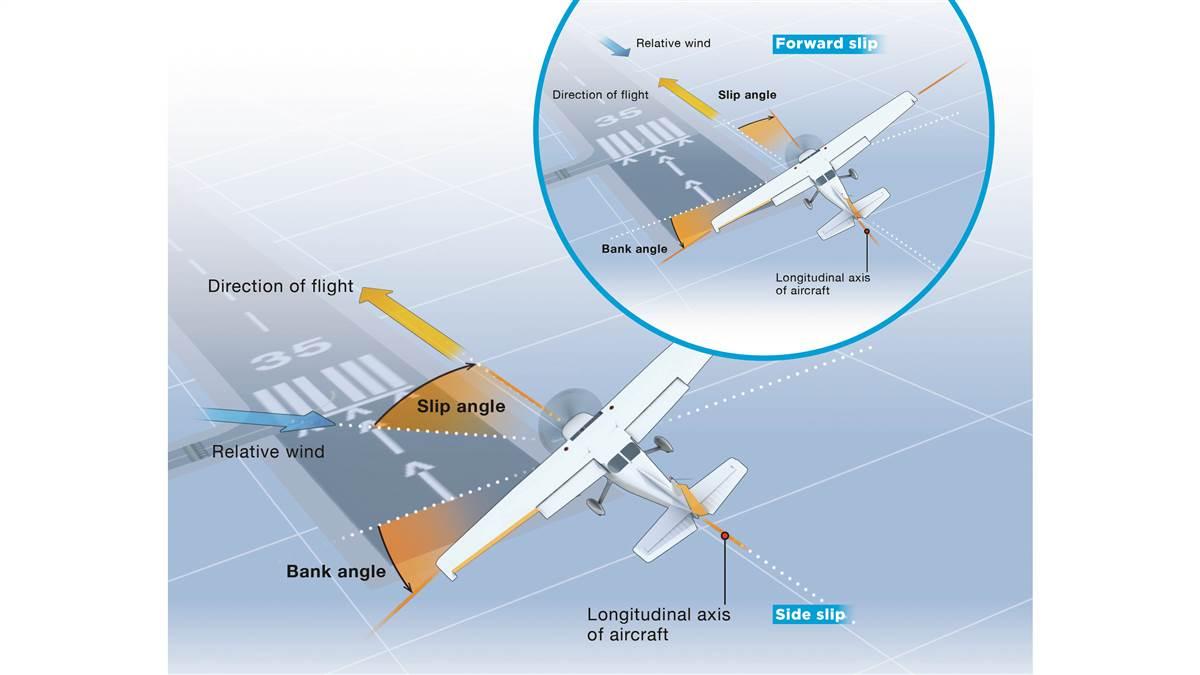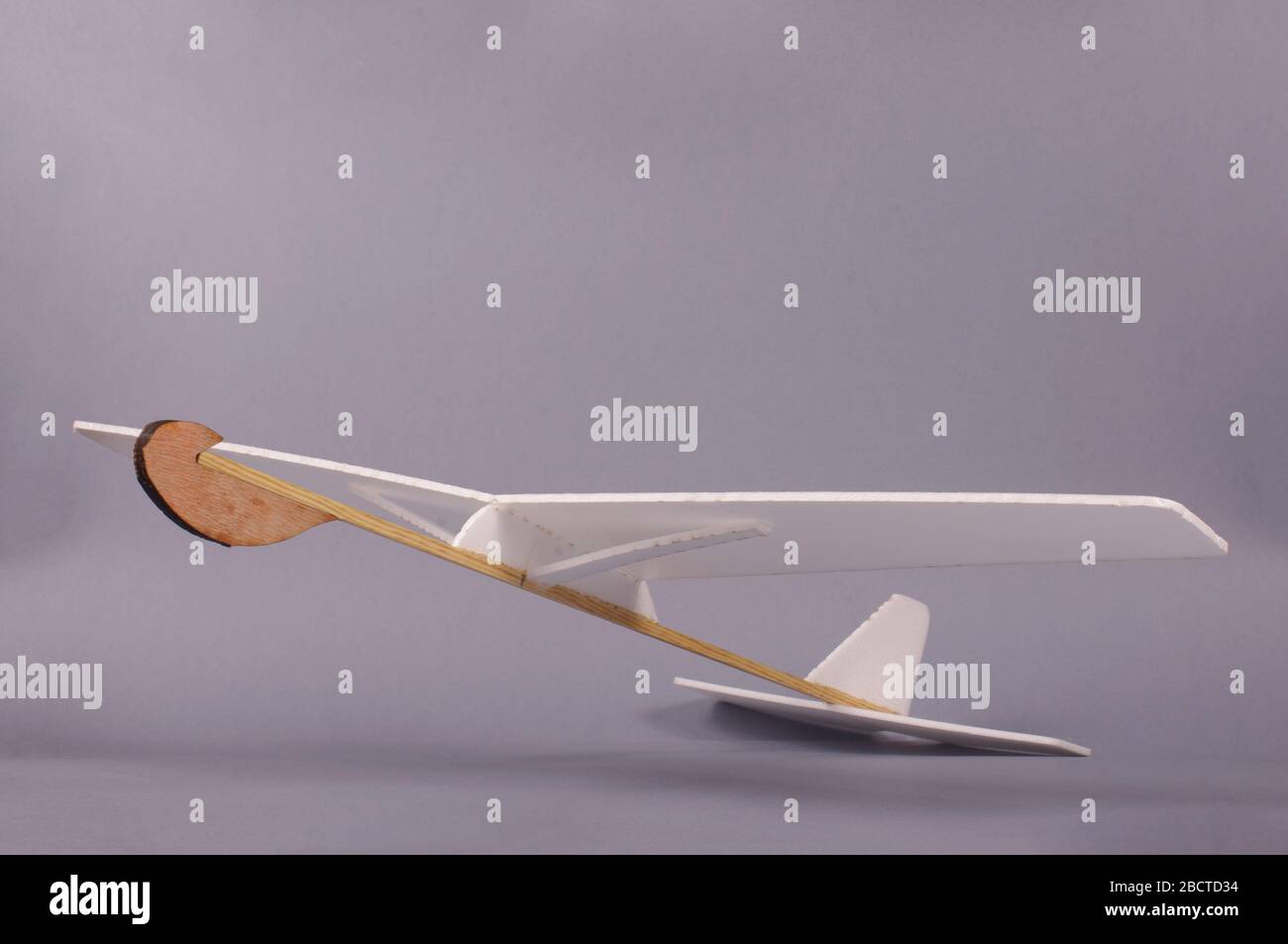Angle Of Incidence Aircraft - Whether we're commercial pilots or weekend warriors headed for a $100 hamburger on a Saturday morning, it's easy to get out of touch with the fundamental concepts of the air. We hear them when we learn to fly, and most flight attendants know their names. However, when a citizen or (even worse) our teacher, asks us to explain different concepts of the universe, we begin to realize that they are often hidden or hidden in the dark corners of our hearts.
In this discussion, let's take a look at some of the "essentials" that must be clearly understood as a pilot and are important to understand for Enhanced Prevention and Recovery (UPRT). For some, this will be a reassuring exercise; For others, it will be the first time these three important angles have been brought together as a single and transparent conversation. In any case, getting the aerodynamic components right is the key to ensuring the safety of the flight every day. Understanding that this little information below is a conversation generator, let's proceed as follows:
Angle Of Incidence Aircraft

Three important concepts are important to understanding the relationship between angle of attack (AOA), pitch, and flight path.
Video Tip: What Does Angle Of Attack Really Mean?
Here's how you explain these ideas to your grandmother who drives from NY to LA instead of navigating the traffic system with you. You have to be patient. However, with a little help from your favorite model airplane, she will. If you want to learn something and increase your retention, teach it. Grandmother is a good start.
The angle between the field (where the plane is pointed) and the plane's path (where the plane is traveling). Often, confusion arises about these three angles because we generally shop on board at one level, gradually reducing the situation at 1G. . In this context, the ship will always be at the same speed and with a positive attitude towards the sky. This causes the pilots to associate the canopy with the angle of the sky, which they can see, as opposed to the angle of the field in the flight path. Relative air, the air in front of the aircraft's path, is not visible without reference to the instrument or the aircraft.
The angle of attack, where the air separates from the wing causing a loss of lift, can be exceeded in any situation and even at different air speeds if the plane has more or less than 1 G. The plane can also stop with its nose
Horizon, which most pilots have never seen. Imagine the confusion a pilot can have in a stalled plane, above 1G speed, with the nose on the ground and in the sky.
Washout And Why Is It Important In Wing Design
The good news is that regardless of the field conditions, the angle of attack can be reduced by lowering the nose (moving the yoke or staying forward) in relation to the pilot. Understanding these three angles and their relationship is important to understanding the appropriate actions needed to eliminate dust, the result of which is often the cause of unexpected plane changes.
By continuing to browse or clicking "OK" you agree to the storage of cookies to improve navigation and analyze the use of the site. You can refuse cookies by changing your browser settings. OK Yesterday's post on the F-8 Crusader brought up an interesting design aspect - the incident angle.
Crusader has a variable event branch. At slow speed, the leading edge of the wing rises, increasing the angle of incidence. At cruising speed and altitude, the wing rotates along with the fuselage, reducing the angle of incidence.
The angle of incidence is the angle between the vertical axis of the plane (draw a line from the rotor to the tail) and the wing line (draw a line from the leading edge to the trailing edge).
Plane Maker Manual
This is not the same as your angle of attack. Your angle of attack is the angle between your line of sight and the relative wind.
When you fly, the relative wind is parallel to your flight path. The incidence rate determines your angle of attack until you have enough speed (and tail force) to lift the nose. And, the incident angle reduces your viewing angle, giving you better visibility while flying.
When landing, the angle of incidence gives you the same advantage. The incident angle minimizes the field of view you need for high-angle attack, giving you better visibility at low speeds.
No. The angle of attack and your airspeed determine how much your wings lift, and the angle of incidence has no effect. In flight, the angle of incidence will not affect the angle between the relative wind and the line. It just changes the angle that the fuselage is pointing at - it puts the nose at a lower pitch angle.
First Customer Built Bearhawk Companion Completed
Alex is the co-founder and technical director. He worked in safety and operations in the aviation industry and was an aviation instructor and course manager for the University of North Dakota. You can contact him at aleks@ Our builders have some questions about the correct horizontal position in relation to the waterline 100. From our research we have discovered several factors that affect the position of the nose trim in the aircraft. Some of the most important factors are the angle of descent, which is defined as the relationship between the incidence of the wings and the horizontal tail, the weight of the aircraft and the balance, the air bag, and the settings of the aileron and the button.
Field reports show that most of the Glasair III's reported problems at high speeds are not having enough forward trim or flying too high at that speed at flight level with their altitude measurements. The first builder to fly the G-III found that his aircraft was too small for his weight. The weight of our model is about 1/8″ level with its water line at high speed.
Measurements taken from the three G-IIIs provided us with simple and scattered data that could have resulted in false positives. Another problem recently discovered with our cable trim system is that the barrel thread and housing cannot be rotated properly due to interference with the radius, resulting in poor forward trim in some cases.

Flight testing has shown a significant effect on nose behavior, for at least one flight, by adjusting the pitches up or down as needed. If the lower sections are moved with the swingarm stop and roll bars out, less forward trim will be required. This has yet to be confirmed on other Glasairs, but we thought it was worth mentioning. If someone does this, please let us know so we can share your information with other builders. Ailerons can also be adjusted in a similar way to reduce the number of changes in control mode.
Theory Of Flight Part 1 Writing In Regular Script Down Here Is To Be Taught Writing In Italics Is For Extra Information References: Ftgu 29th Pages 3 23,
One builder had success by bending the same trim tab as the rudder to the side of his elevator.
If we determine that it is necessary to change the angle of incidence of the horizontal stabilizer, it can be only 1/4" to 1/2" which leads the water line 100. At the moment we feel that the current position is close to the most the beauty of the position from 0″ to the water line to avoid changing our construction rules until more details are available.
Risk advisor ailerons aluminum anor baggage cabin cad checklist controls cowling design electric elevator engine manufacturing fiberglass first flight non-flying fuel fuselage fwf gear glass glastar installation jig magazine maintenance mods news oshkosh rebel seat possess training oshkosh bagel safety training bail training
Osprey amphibian aircraft, best amphibian aircraft, small amphibian aircraft, amphibian aircraft kit, amphibian, amphibian aircraft sale, new amphibian aircraft, light sport amphibian aircraft, lake amphibian aircraft for sale, amphibian aircraft for sale, ultralight amphibian aircraft, lake amphibian aircraft

0 Comments